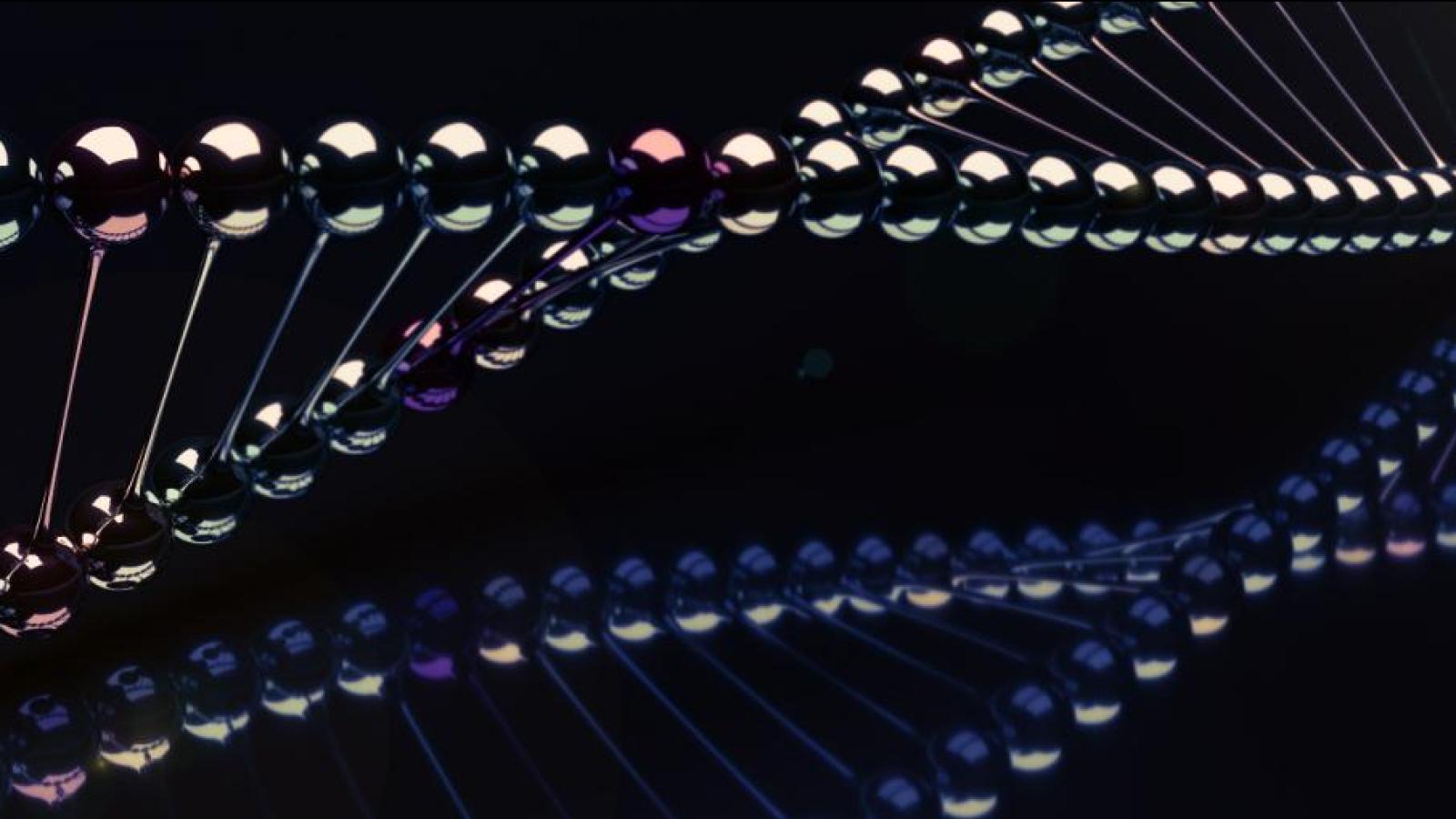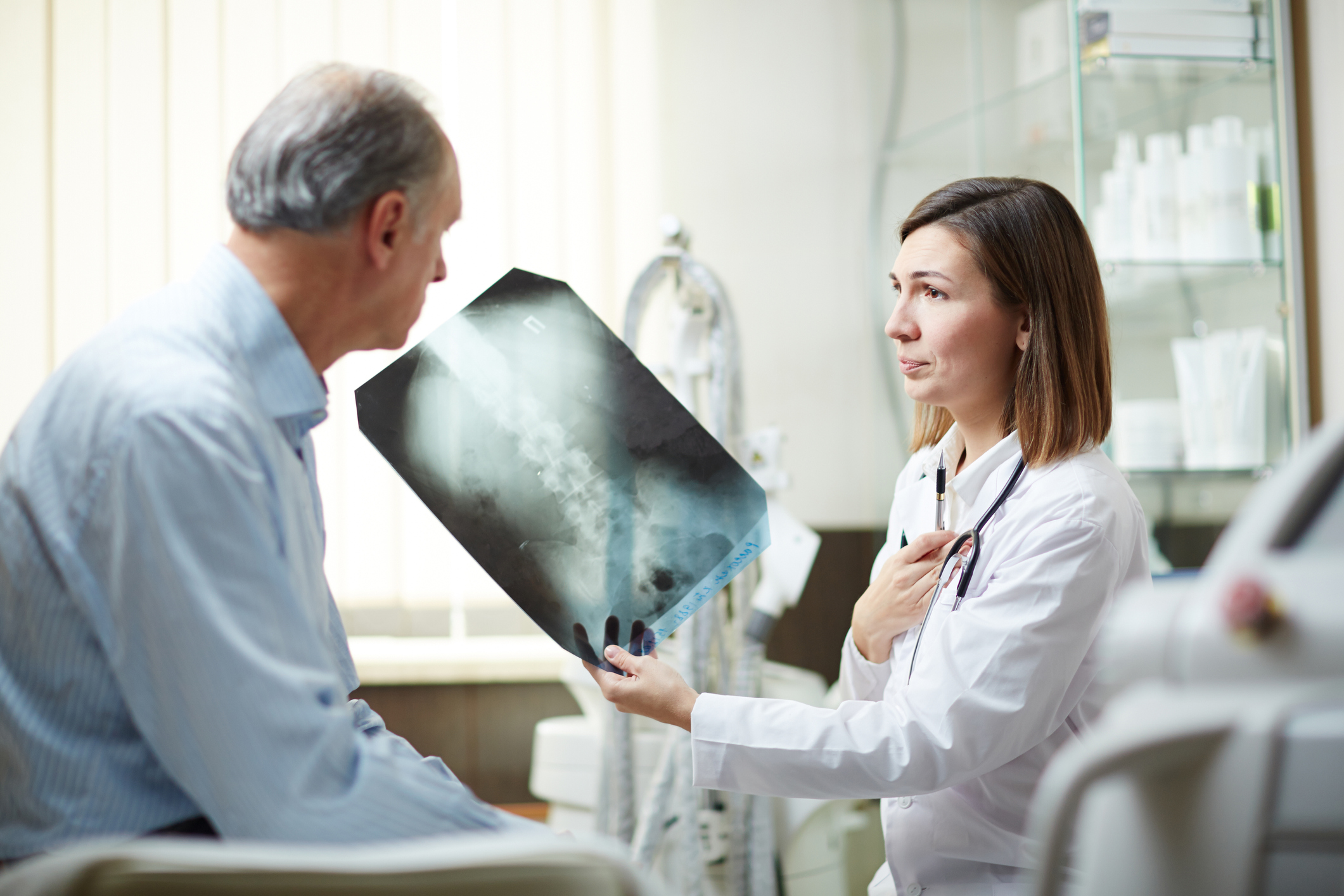Tests after a bile duct cancer diagnosis

You may have some of the following tests to help confirm your diagnosis. Or you may have others after diagnosis to find out the size of the tumour, its exact location, and if it has spread to other parts of your body (staging tests).
CT scan
A special type of X-ray to give a picture of the tissues inside your body.
MRI scan
A scan that uses magnetic energy to build up a picture of the tissues inside your body. During the scan you will lie inside a tunnel-like machine.
Ultrasound scan
A device like a microphone passed over your tummy to give a picture of your kidney, bladder and nearby organs. It can show any abnormal changes.
ERCP (endoscopic retrograde cholangiopancreatography)
This is a special type of X-ray that looks at your bile ducts. Your doctor will pass a thin, flexible tube through your mouth and into your stomach and bowel. The doctor can look at your bile duct and check for any abnormal changes. They can also inject dye into the duct and check for blockages on the X-ray. The doctor may take a sample of tissue (biopsy) of any abnormal looking areas. The sample will be examined under a microscope by a pathologist.
Percutaneous transhepatic cholangiography (PTC)
This is a type of X-ray of your liver and bile duct. Your doctor numbs an area of your tummy (abdomen) with local anaesthetic first. He or she then puts a thin needle through your tummy and into your liver. A dye is injected into your bile duct so that your doctor can see any blockages on the X-ray. The doctor may take a sample of tissue (biopsy) during this test. The sample will be examined under a microscope by a pathologist.
Endoscopic ultrasound scan (EUS)
Your doctor passes a thin, flexible tube through your mouth and down into your stomach and bowel. A device called a probe is then put through the tube. This uses sound waves to look at organs near to your bile duct, like your pancreas.
Your doctor makes a cut in your tummy (abdomen) to check for abnormal changes. A laparoscopy can sometimes lead to more surgery, depending on what your doctor finds. For example, removing your bile duct.

Staging is important as it helps your medical team decide on the best treatment for your cancer.
For more information
Phone
1800 200 700



